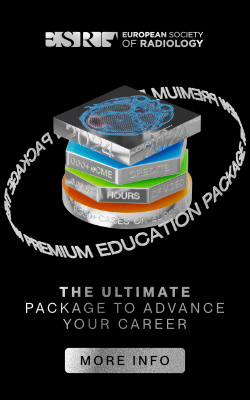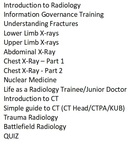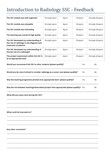Learning objectives
To institute a radiology Student Selected Component (SSC) for second year medical students.
To provide an interesting and immersive learning experience to medical students interested in radiology.
To evaluate the programme and improve the SSC module based on feedback collected.
Background
Despite the central role of imaging in diagnosis and treatment of both primary and secondary care patients, undergraduate radiology education is often highlighted as infrequent and inconsistent.1 Radiology education has been recognized as a key element in undergraduate medical education with the implementation of the undergraduate radiology curriculum by the Royal College of Radiologists (RCR).2
Findings and procedure details
We delivered a three-week radiology SSC to small groups of medical students at a busy district general hospital.
The module comprised daily one-hour tutorials (see timetable, Fig 1.) in addition to time spent shadowing radiologists, radiographers and ultrasonographers, and a written assignment with the objective of submitting the work for consideration for the RCR Undergraduate Radiology Prize.
Quantitative and qualitative feedback was obtained at the end of the rotation via an anonymised written feedback form (Fig. 2).
Students reported finding the SSC enjoyable and that...
Conclusion
Students undertaking an SSC in radiology better understand the role of the radiologist and report feeling more likely to consider radiology as a career. SSCs in radiology should be made available to more students with the aim of inspiring and eventually recruiting the best students into Clinical Radiology specialty training.
Personal information and conflict of interest
S. Glenn-Cox; Bath/UK - nothing to disclose D. Little; Bristol/UK - nothing to disclose H. L. Adams; Brighton/UK - nothing to disclose
References
Radiologists TRCo. Undergraduate radiology curriculum second edition. London: The Royal College of Radiologists, 2017.
Kourdioukova EV et al. Analysis of radiology education in undergraduate medical doctors training in Europe. Eur J Radiol 2011; 78: 309-18



